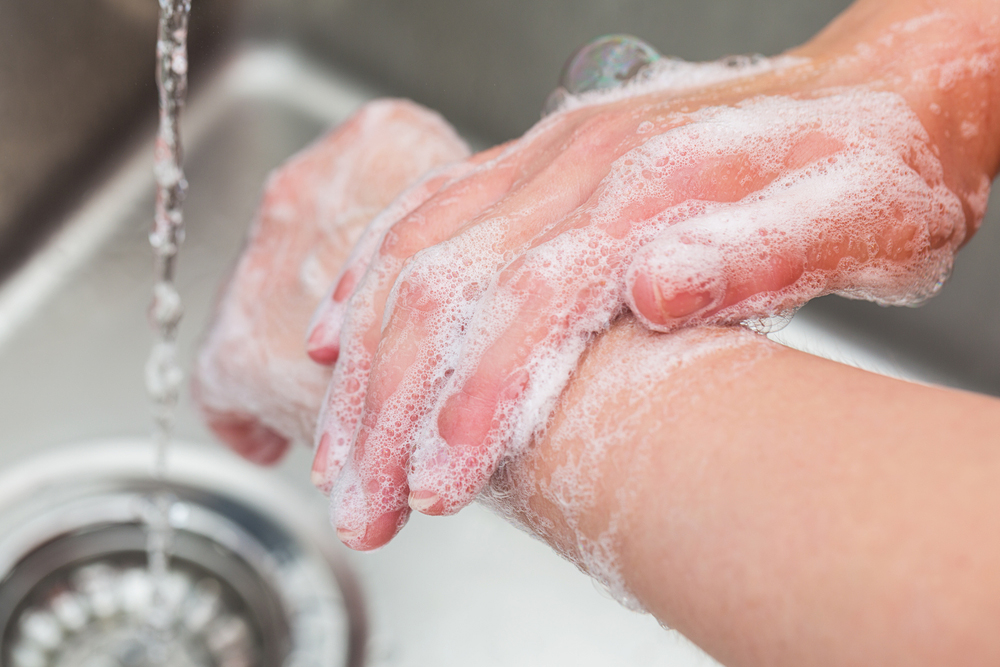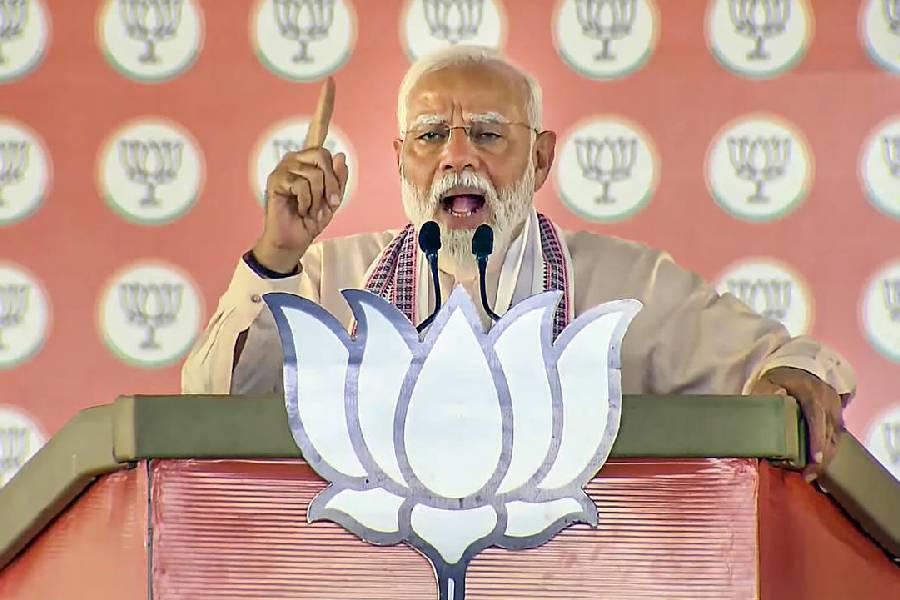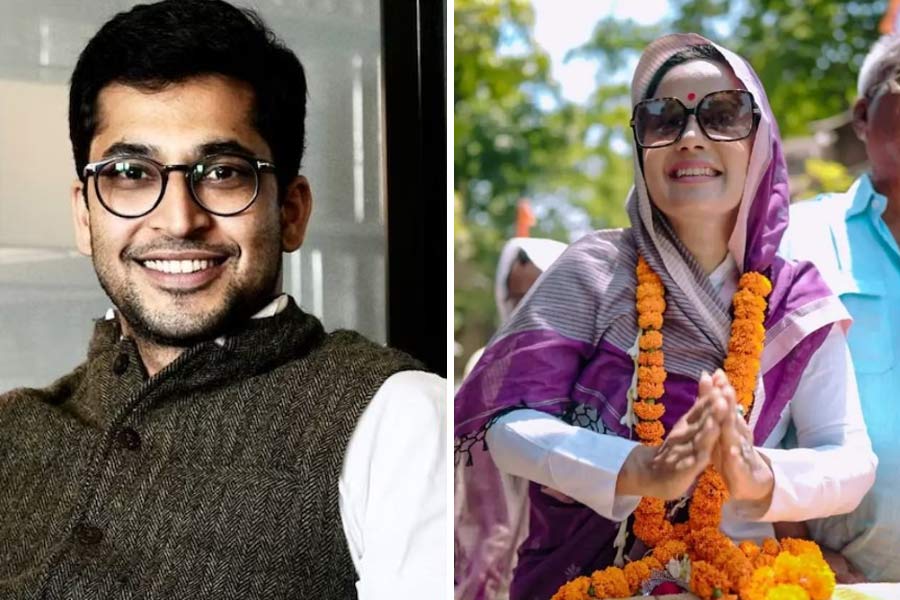In the midst of a pandemic of unprecedented proportions, the absence of basic measures required to combat the disease can only worsen the situation. There is thus great cause for worry for policymakers if the findings of a survey by the National Statistics Office are taken into account. The government and experts may be imploring citizens to wash their hands thoroughly in a bid to combat the coronavirus, but the survey has shown that fundamental rituals to maintain hygiene by disinfecting is not practised by most Indians. More specifically, while most households wash their hands before a meal, a paltry 35.8 per cent do so with “water and soap/detergent”. It is telling that the report found stark discrepancies in pre-meal hygiene practices between households in urban areas and those in rural India — while 56 per cent of the former wash their hands properly, a mere 25.3 per cent of the latter do so. The state with the most worrying record, Jharkhand, clocks an appalling 10.6 per cent. These figures indicate a collective failure. Governments, local administrative bodies and philanthropic organizations at the grass roots seem to have a long way to go before India achieves the desirable standards in public hygiene. Broader correlations — failures? — can also be established on the basis of the survey. Poor hygiene is directly proportional to low education. Jharkhand’s literacy rate at 71 per cent is lower than the national average of 75.4 per cent.
The risks of such lapses — the consequences of policy failure and public apathy — are already immense in ordinary times. They increase manifold during a contagion. Interventions must be targeted. There are compelling reasons to incorporate hygiene in the school curriculum. A Lancet study showed that India had the highest child mortality rate in 2015; significantly, preventable infectious diseases — the result of poor hygiene? — featured prominently as the cause of death in states that had higher mortality rates. However, raising awareness will do little to solve the problem unless it is accompanied by measures to alleviate poverty. Vast sections of the Indian population do not have access to clean water, let alone the means to afford soap and detergent. In order to combat the problem, not only must the idea of ‘essential items’ be reimagined to include necessary hygiene products, but a robust system of subsidy must be put in place to enable marginalized people to gain access such basic items.












